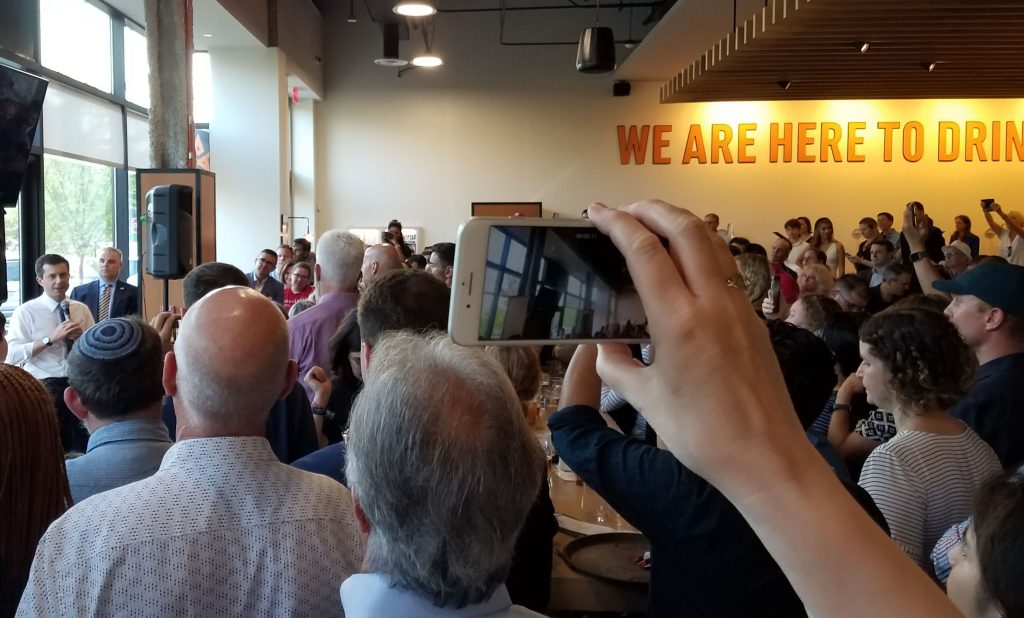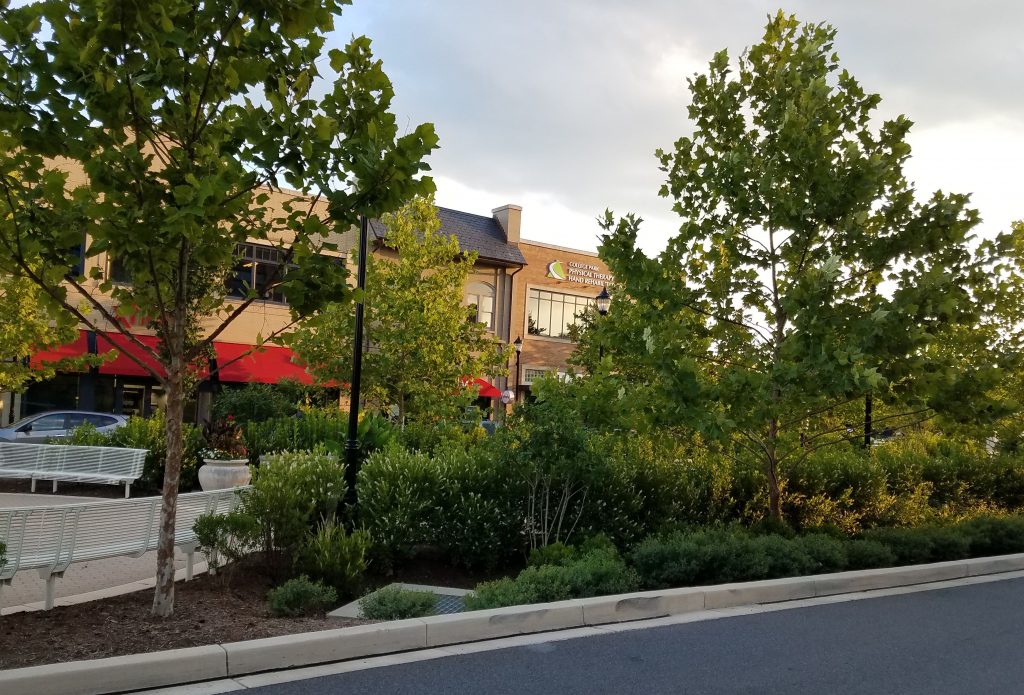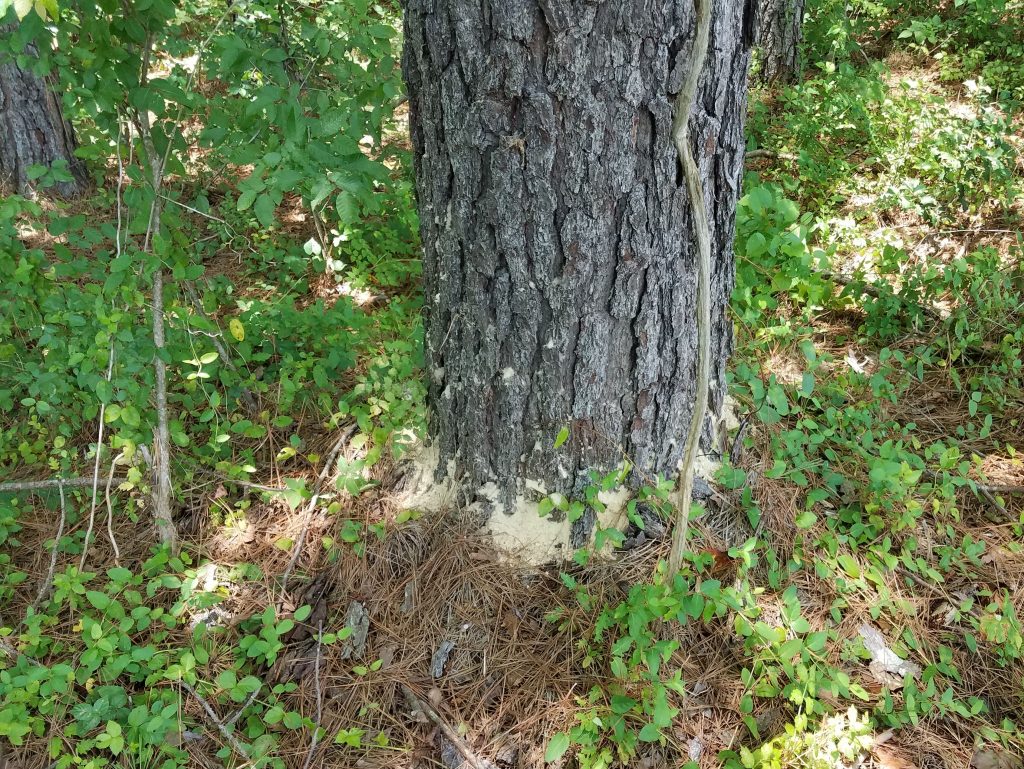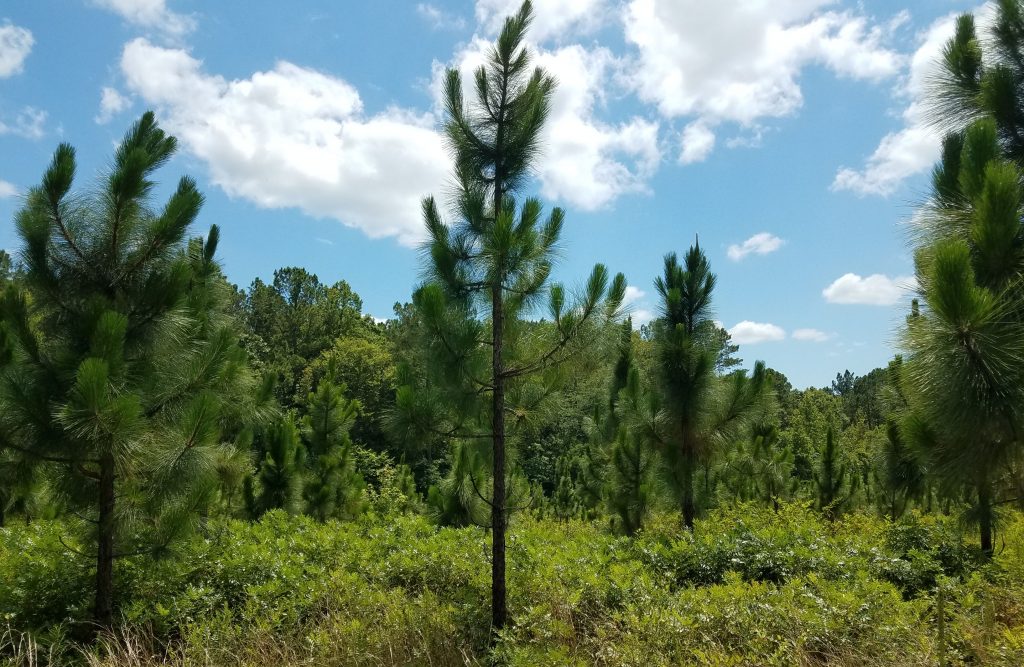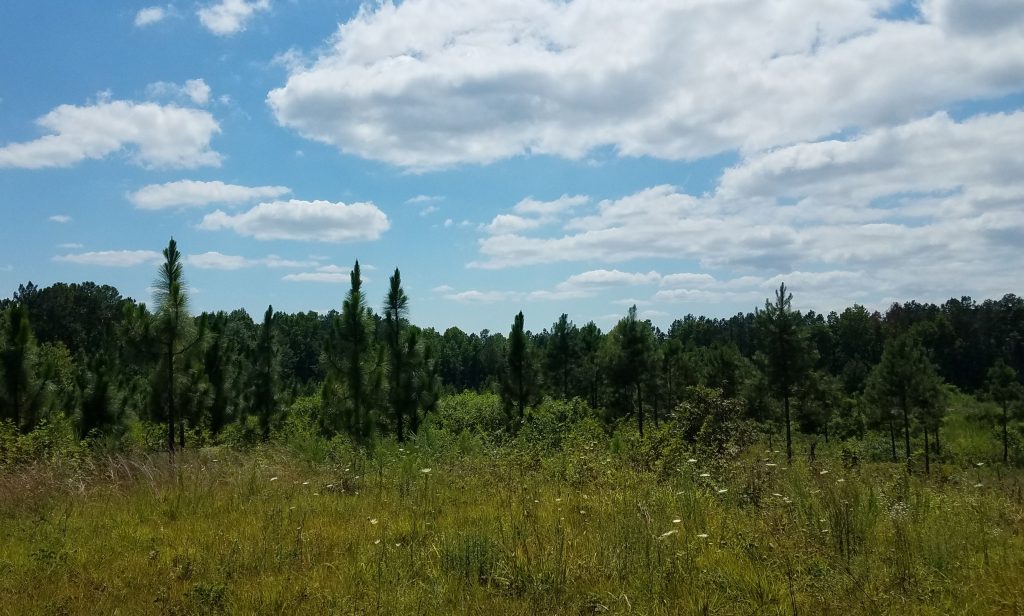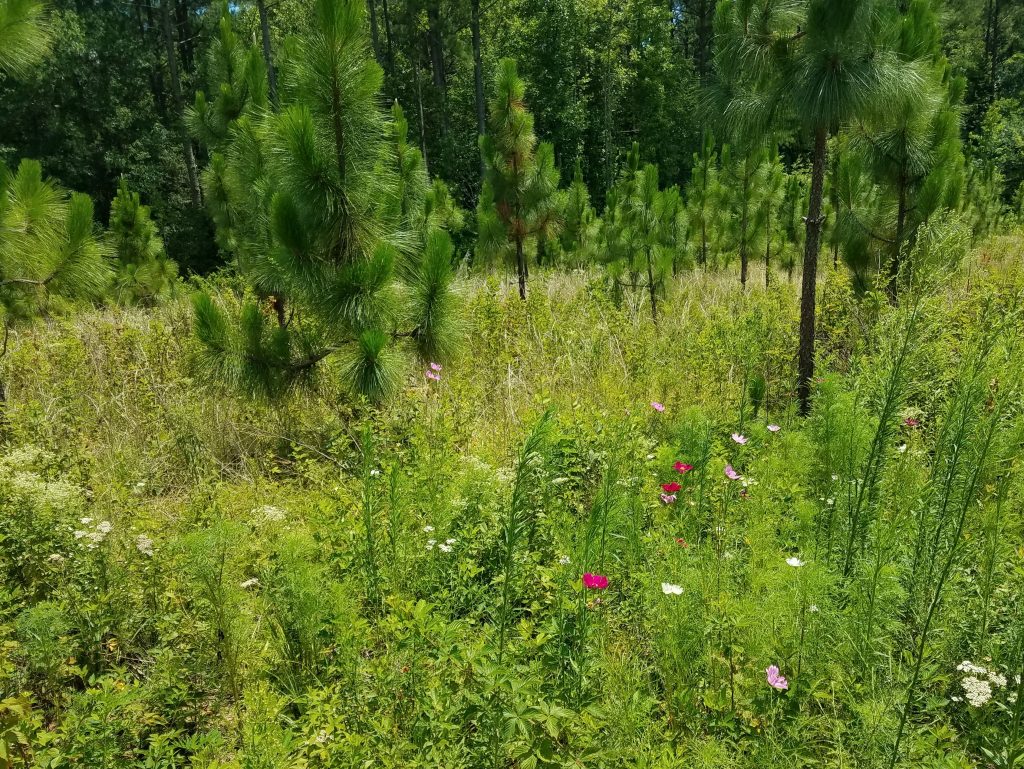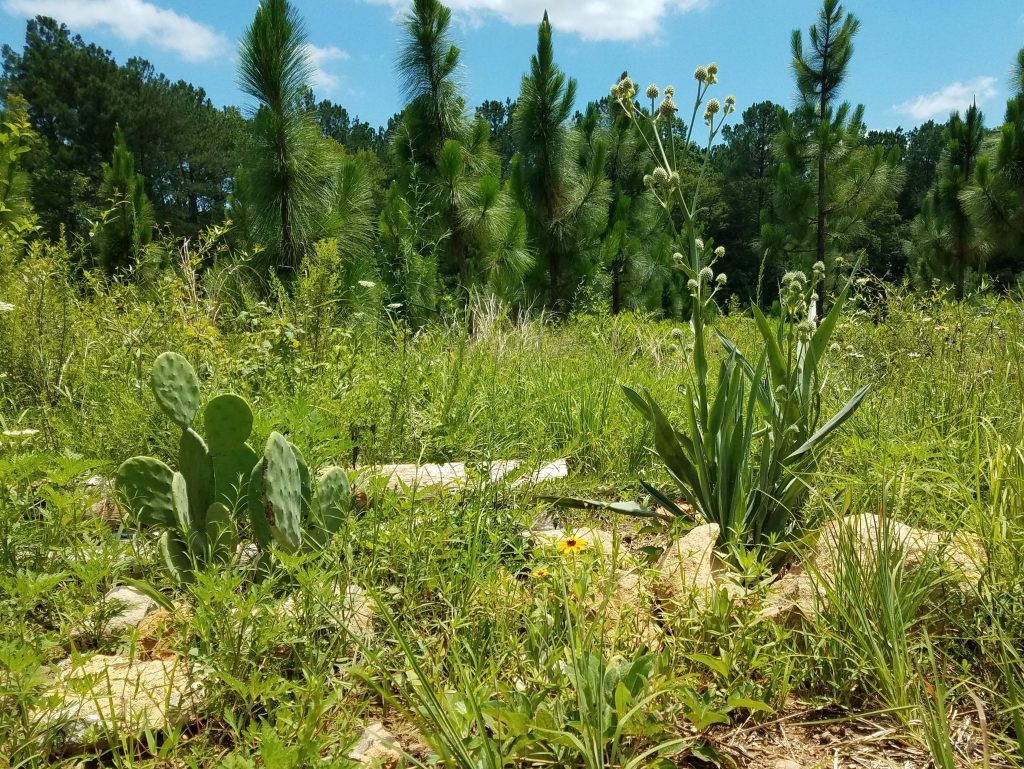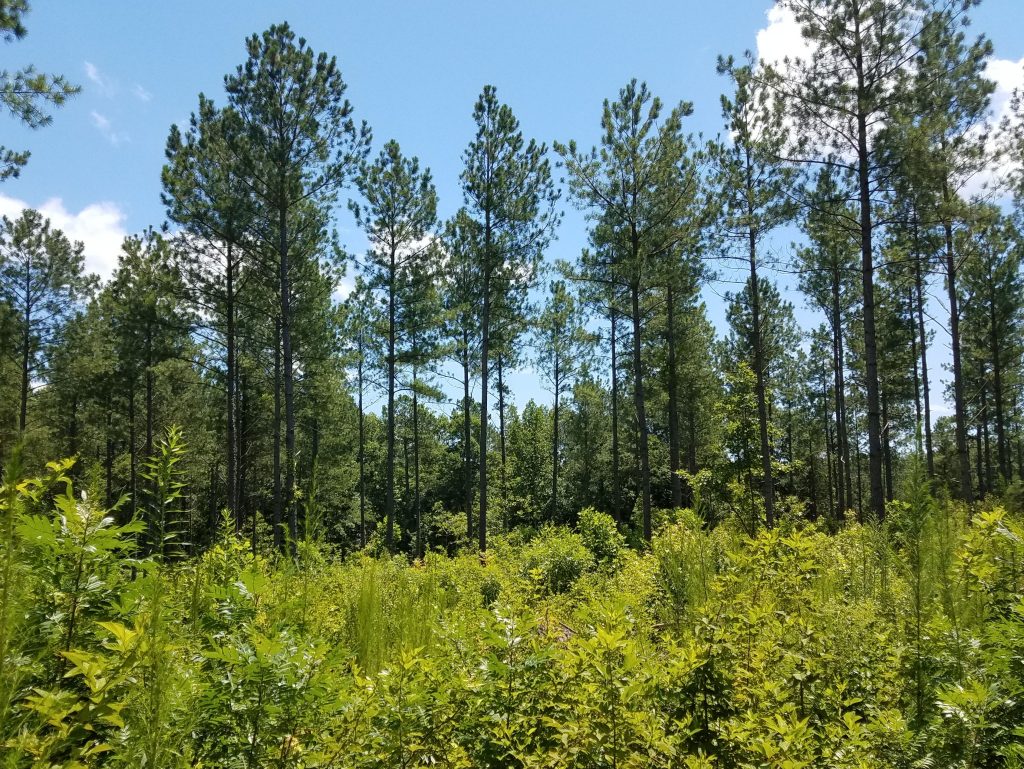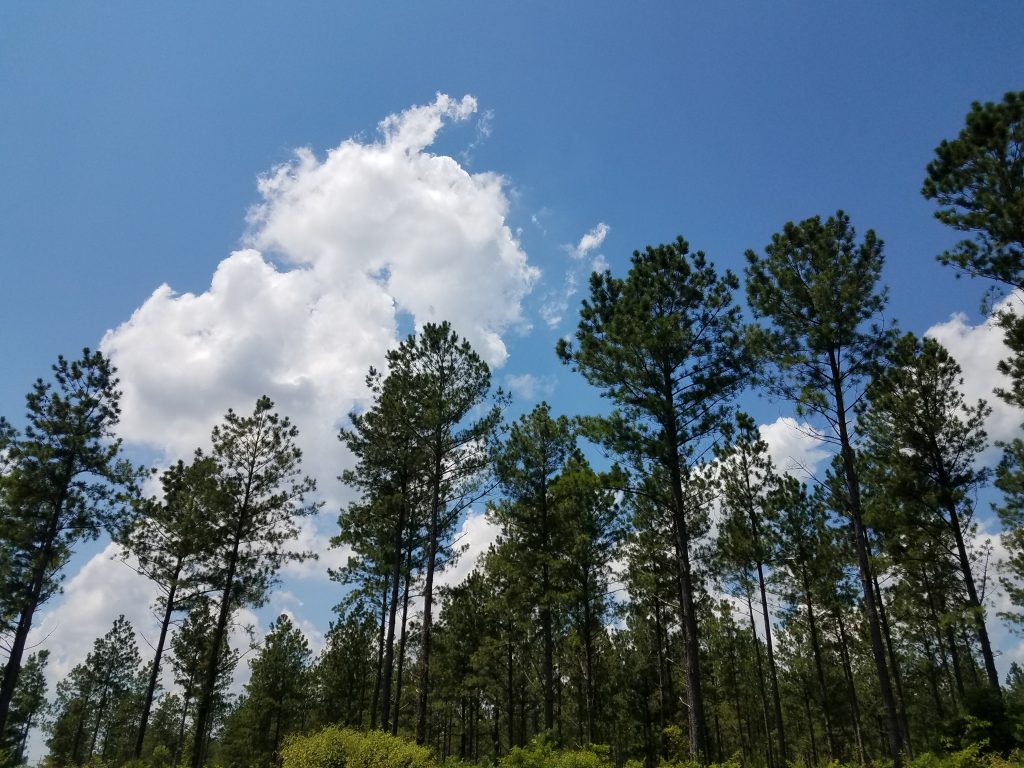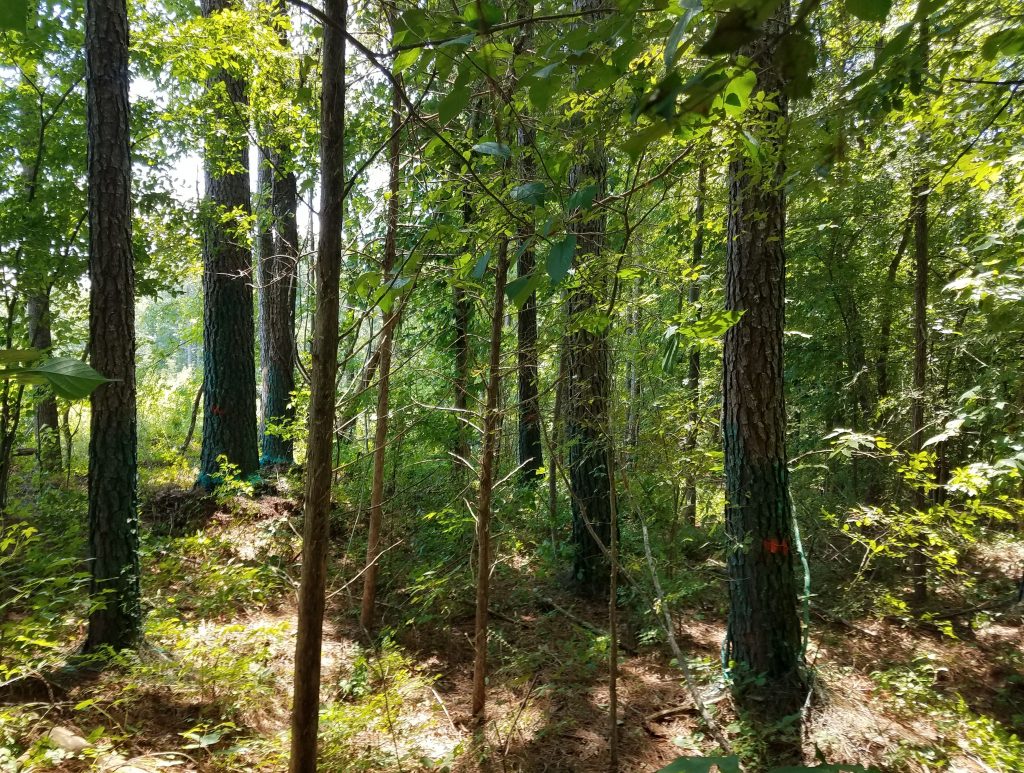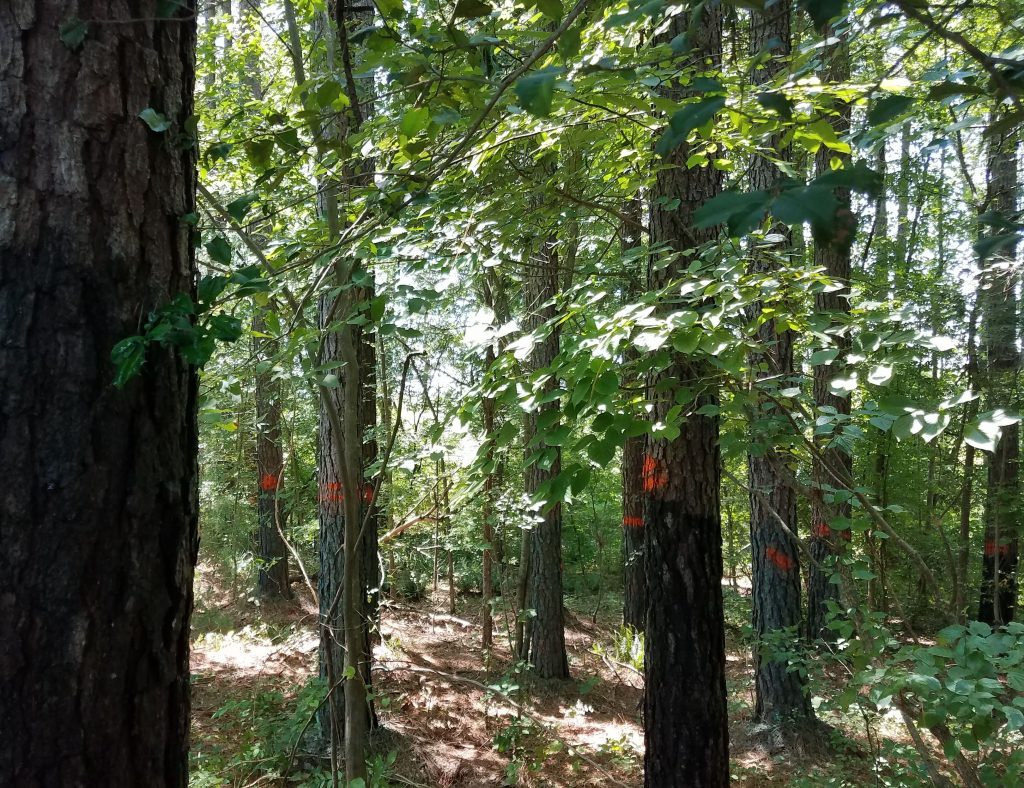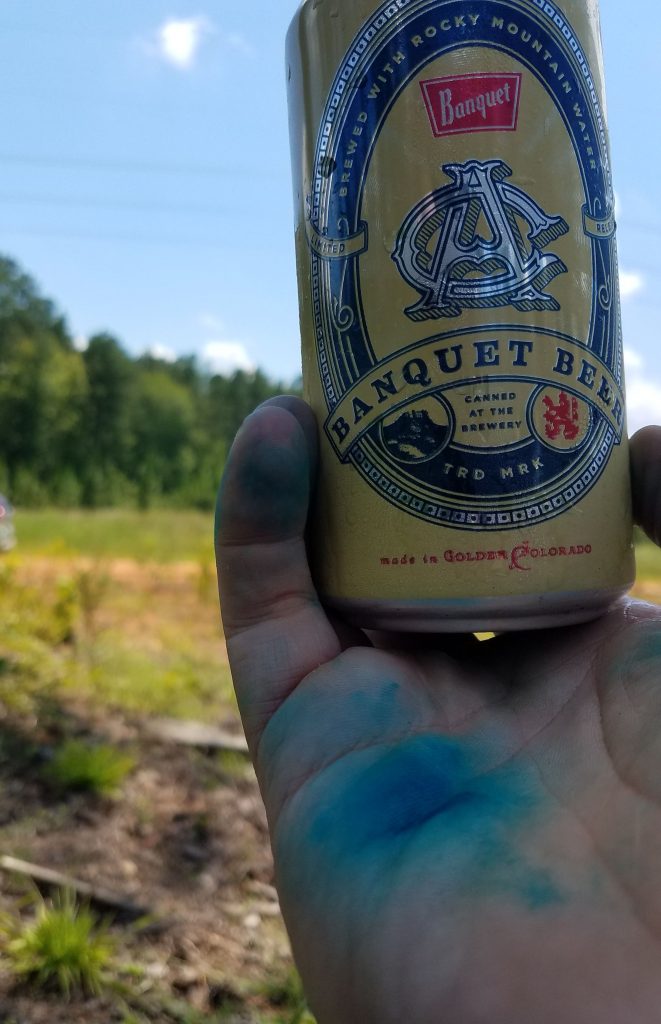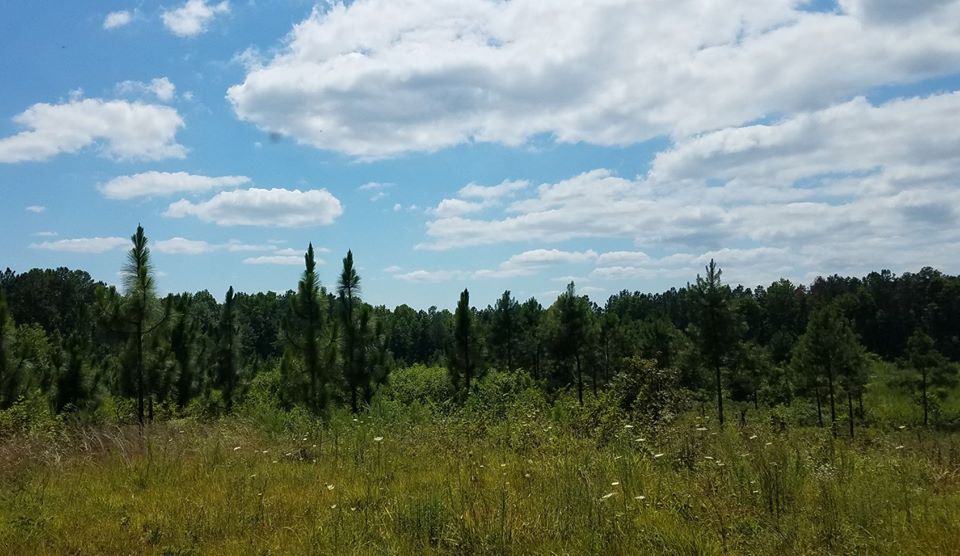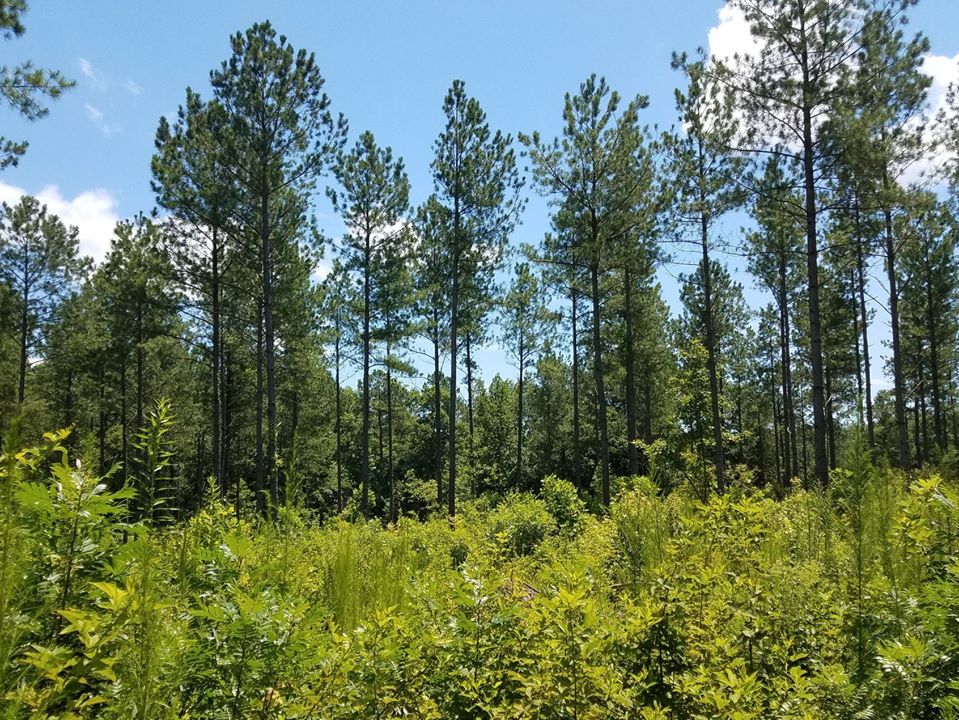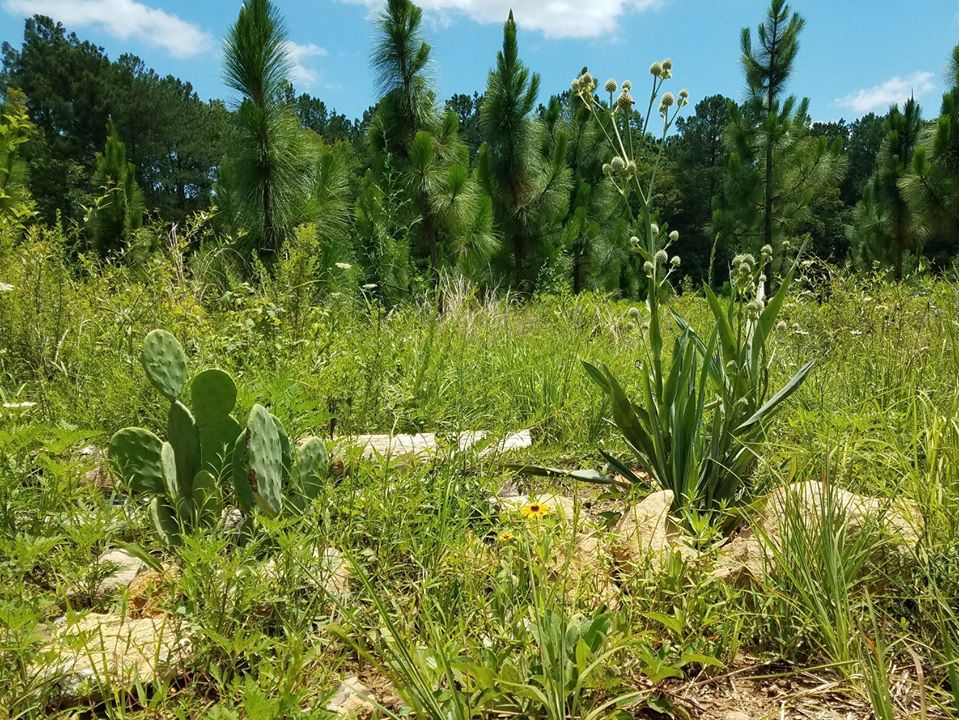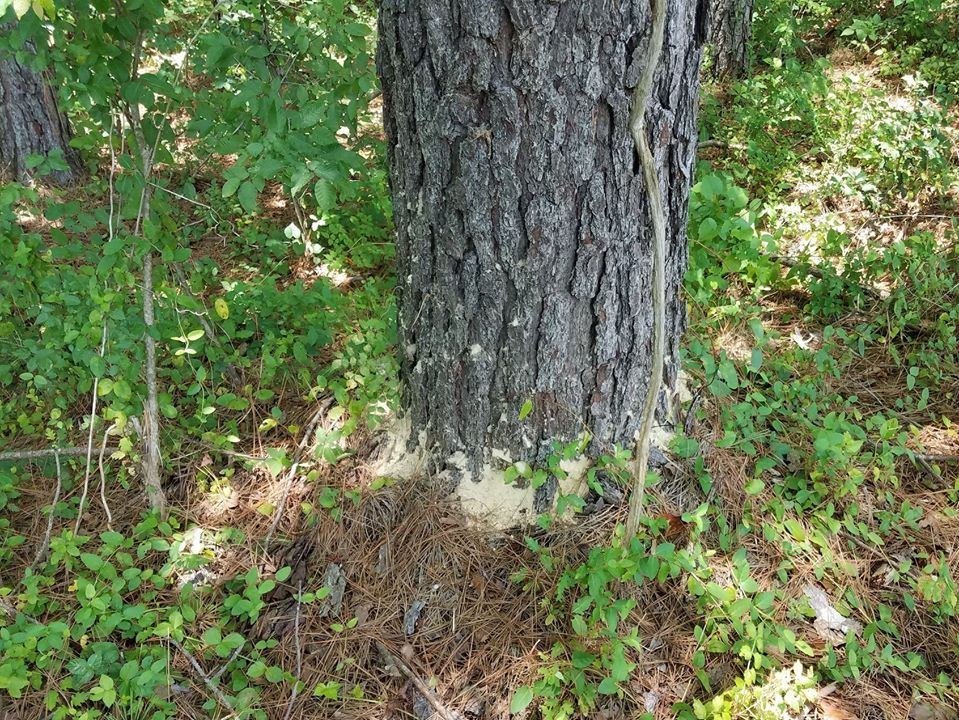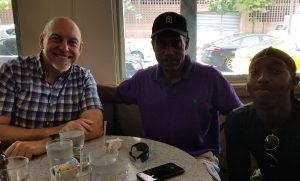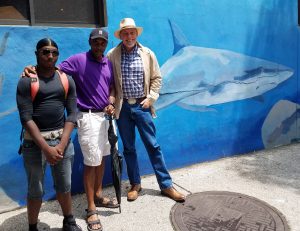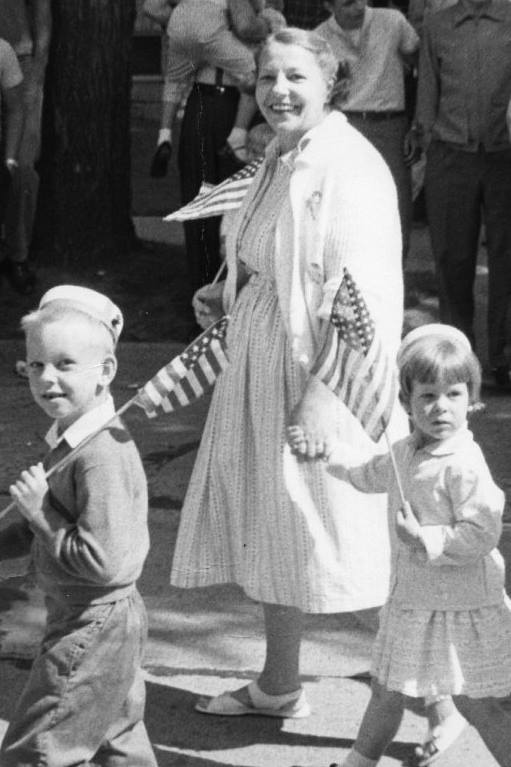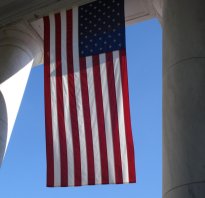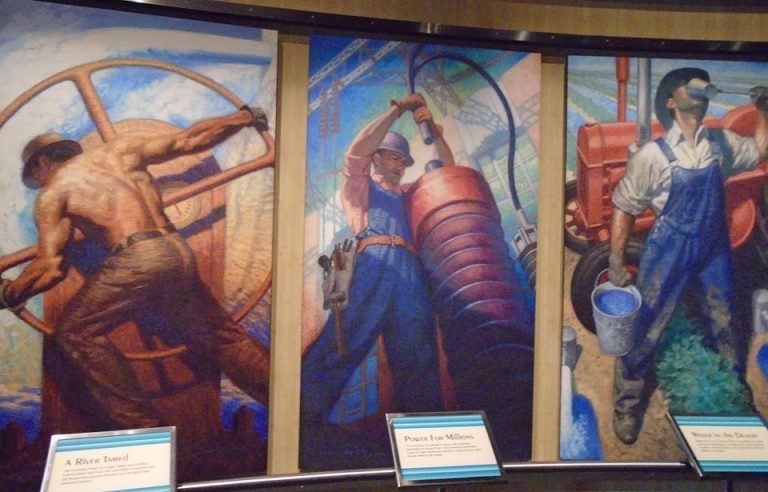
It is not a pleasant book. There is a lot of moral ambiguity and in the end the hero does not win, the good guys do not triumph. There is no deliverance, at least not in the lifetimes of the main characters. The only consolation is that the truth came out a generation later.
Witold Pilecki was a truly brave man who did all kinds of heroic things. He volunteered to allow himself to be arrested and sent to Auschwitz. His mission was to lead an uprising from there and a break-out. He succeeded in getting sent there and suffered mightily. He reported on conditions in the camp and would have made the world aware. He witnessed truly horrible things and reported them, but his reports did not change the situation, because of a mixture disbelief and cynical interests.
The book talks about Pilecki’s bravery and his suffering, as well as those of his colleagues. He lost his family and friends. He did his duty and then some. It was unrequited, however. He did manage to escape the camp but could not bring relief to his comrades. He fought in the Warsaw uprising and was captured by the Nazis. This time he was sent to a prisoner of war camp and freed by U.S. troops. He chose to go back to Poland. He had not fought the Nazis just to have the communists take over Poland. Unfortunately, they had. He was arrested, tried in a communist show trial and executed. The communist deleted him and rewrote the history. His story was submerged until after the fall of communism. His journals and writings did not come out until then.
His journal went into detail about the horrors of the Nazis and their casual use of violence. They would execute scores of random Polish citizens for minor infractions. In the camps they made a special effort to target educated and intelligent Poles. Of course, it is well known what they did to Jews. They developed systems that could kill 3500 people in two hours. Of course, they murdered millions.
I was a site officer for the Auschwitz camp five separate times. I recall a pond, full of frogs. It was very fertile because it contained the ashes of hundreds of thousands of victims. Of course, these were the big ones. Sometimes statistics with such large numbers do not convey as much. As Stalin said, the death of one man is a tragedy. The death of a million is just a statistic.
The book recounts a situation where the SS rounded up some Polish peasants. They killed the adults right away. For some reason (the author doesn’t know) they separated the children. He counted 36 the first night. Some of the older kids figured out they were going to die and started to cry. The slave laborers tried to comfort them, until the SS killed them with injections of phenol to the heart. They next time, they had 80 children. The Polish officer did not observe after that, but likely these were not the last.
We live in interesting times. We are so far from the industrial murder of the Nazis & communists that we confuse the nasty rhetoric of politicians with mass murder. It is useful to relearn the history.


